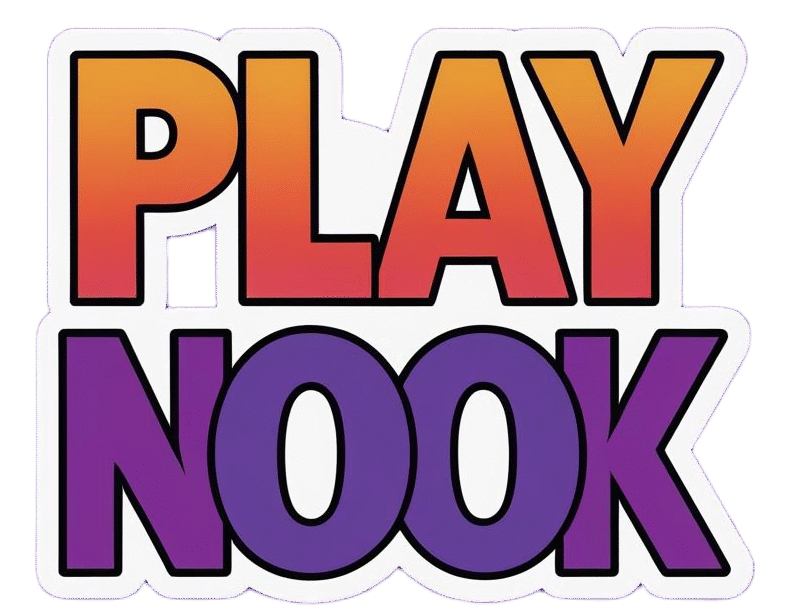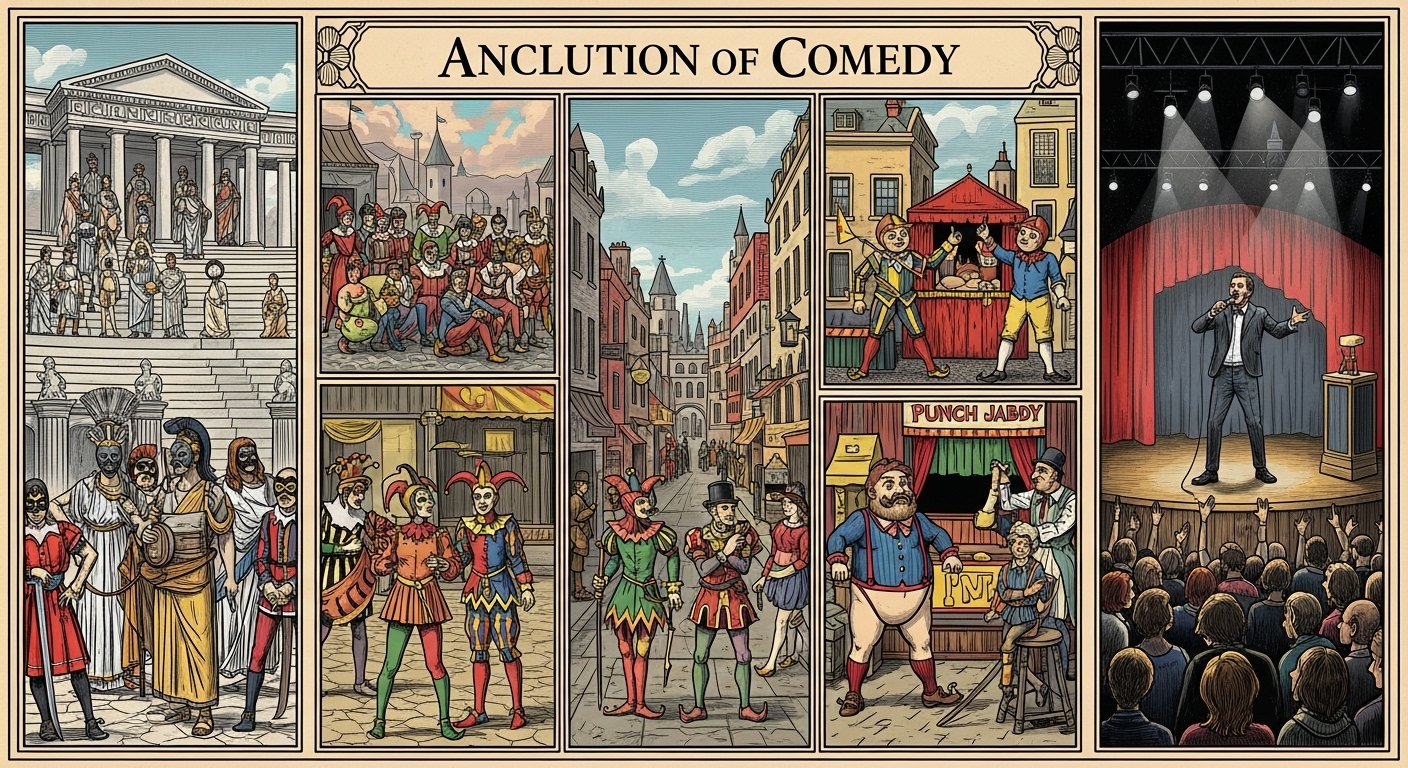**The Art of Laughter: Exploring the World of Comedy**
**Introduction**
Comedy, often referred to as the universal language of joy, has been an integral part of human culture for centuries. From ancient Greek plays to modern stand-up specials, comedy has evolved and adapted to reflect the changing times and societal norms. In this blog post, we will delve into the fascinating world of comedy, exploring its history, significance, applications, and future trends.
**The History of Comedy**
Comedy has a rich history that dates back to ancient civilizations. In ancient Greece, comedy was an essential element of theatrical performances, with playwrights like Aristophanes crafting satirical and humorous plays that critiqued society and politics. The Roman playwright Plautus further popularized comedic theater with his farcical works that entertained audiences with witty wordplay and slapstick humor.
As centuries passed, comedy continued to evolve, finding its way into various art forms such as literature, film, and television. The rise of vaudeville in the early 20th century and the advent of radio and television in the mid-20th century further propelled comedy into the mainstream, giving rise to iconic comedians like Charlie Chaplin, Lucille Ball, and Richard Pryor.
**The Significance of Comedy**
Comedy serves as a powerful tool for social commentary, allowing comedians to tackle sensitive issues in a way that engages and entertains audiences. Through humor, comedians can challenge societal norms, break down barriers, and promote empathy and understanding. Comedy has the unique ability to bring people together, transcending differences and fostering a sense of community through shared laughter.
Moreover, laughter has been scientifically proven to have numerous health benefits, including reducing stress, boosting the immune system, and improving overall well-being. In a world filled with challenges and uncertainties, comedy provides a much-needed escape and relief, offering a temporary reprieve from the complexities of everyday life.
**Applications of Comedy**
Comedy is not just confined to the stage or screen; it permeates various aspects of our lives, from advertising and marketing to education and therapy. Comedic elements are often used in advertising campaigns to capture audience attention and create memorable brand experiences. In education, humor is employed as a teaching tool to enhance learning retention and engagement.
Furthermore, comedy therapy, also known as humor therapy, utilizes laughter as a therapeutic technique to promote emotional healing and alleviate stress and anxiety. By incorporating humor into therapy sessions, individuals can better cope with difficult emotions and develop a more positive outlook on life.
**Future Trends in Comedy**
As technology continues to advance, the landscape of comedy is evolving in exciting ways. The rise of social media platforms like YouTube, TikTok, and Instagram has democratized comedy, allowing aspiring comedians to showcase their talent and reach a global audience. Short-form comedic content has become increasingly popular, with viral videos and memes shaping the comedy trends of today.
Additionally, the intersection of comedy and activism is becoming more prevalent, with comedians using their platforms to advocate for social justice and political change. By blending humor with activism, comedians are able to engage audiences in important conversations and inspire meaningful action.
**Conclusion**
In conclusion, comedy is a versatile and impactful art form that has the power to entertain, enlighten, and unite people from all walks of life. From its ancient roots in theater to its modern-day manifestations in digital media, comedy continues to captivate audiences and push boundaries. As we look to the future, comedy will undoubtedly remain a vital force in shaping our culture and reflecting the ever-changing world around us. So, the next time you find yourself in need of a good laugh, remember the profound influence and significance of comedy in our lives.

